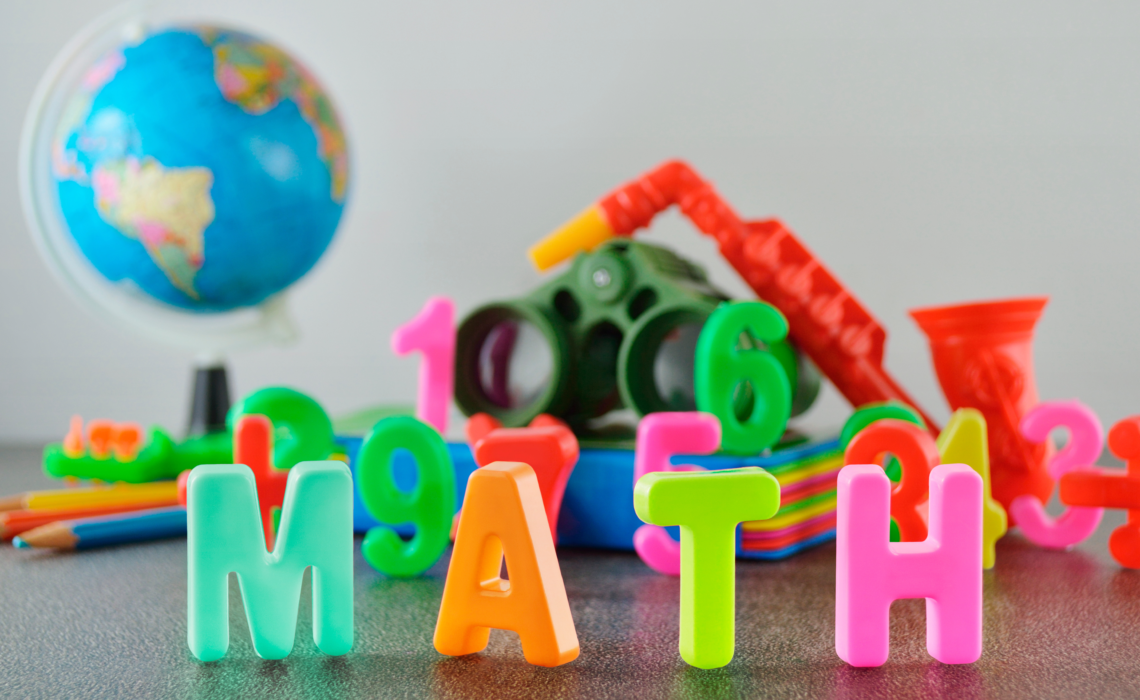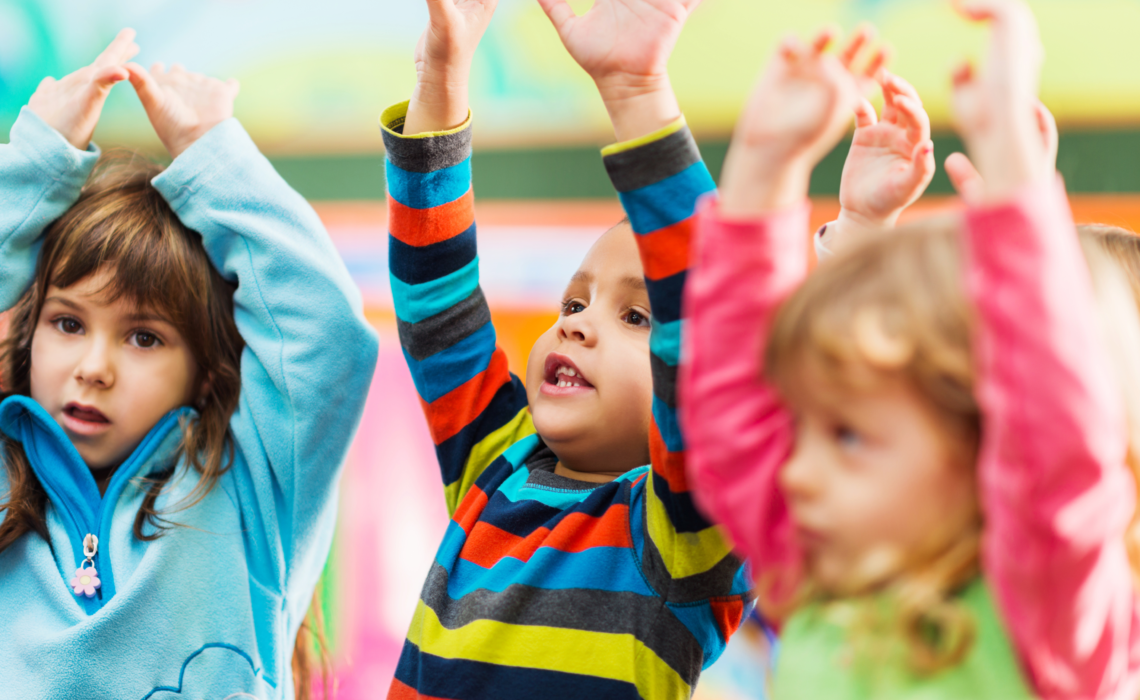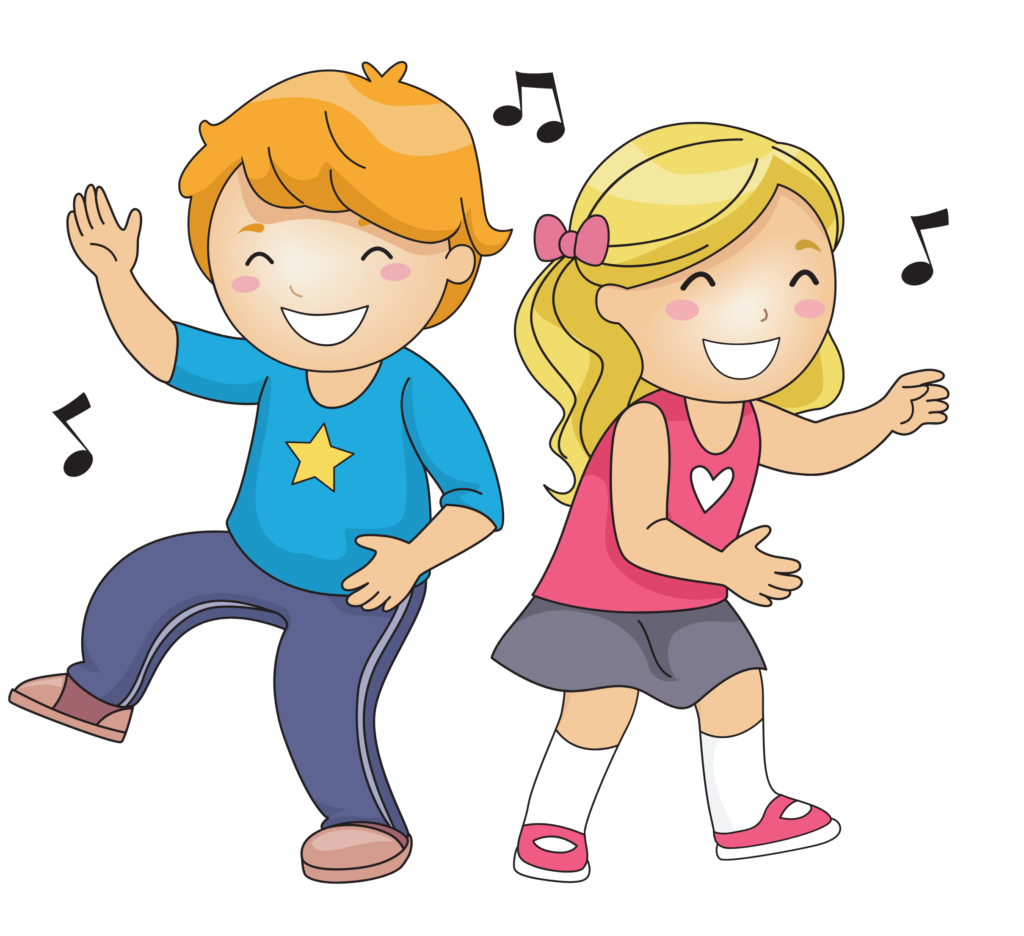Mathematical thinking
Are the abilities that students develop associated with mathematical concepts, logical reasoning, understanding and exploration of the world through proportions. Lets prepare children for a life in which working with numbers is a necessity.
We must find a way for children to develop an interest in mathematics. Mathematics is used in everyday life. We can use math anywhere. Let’s help children develop their knowledge of mathematics.
Prepare activities involving numbers.
Even being in the supermarket can be more fun than usual.
Example: ask your child to put several apples in the basket, ask him to count the apples to motivate the child, do it together with him. These activities can help develop your child’s confidence with numbers and strengthen their math skills.
Courtesy of Precious Moment Child Care














